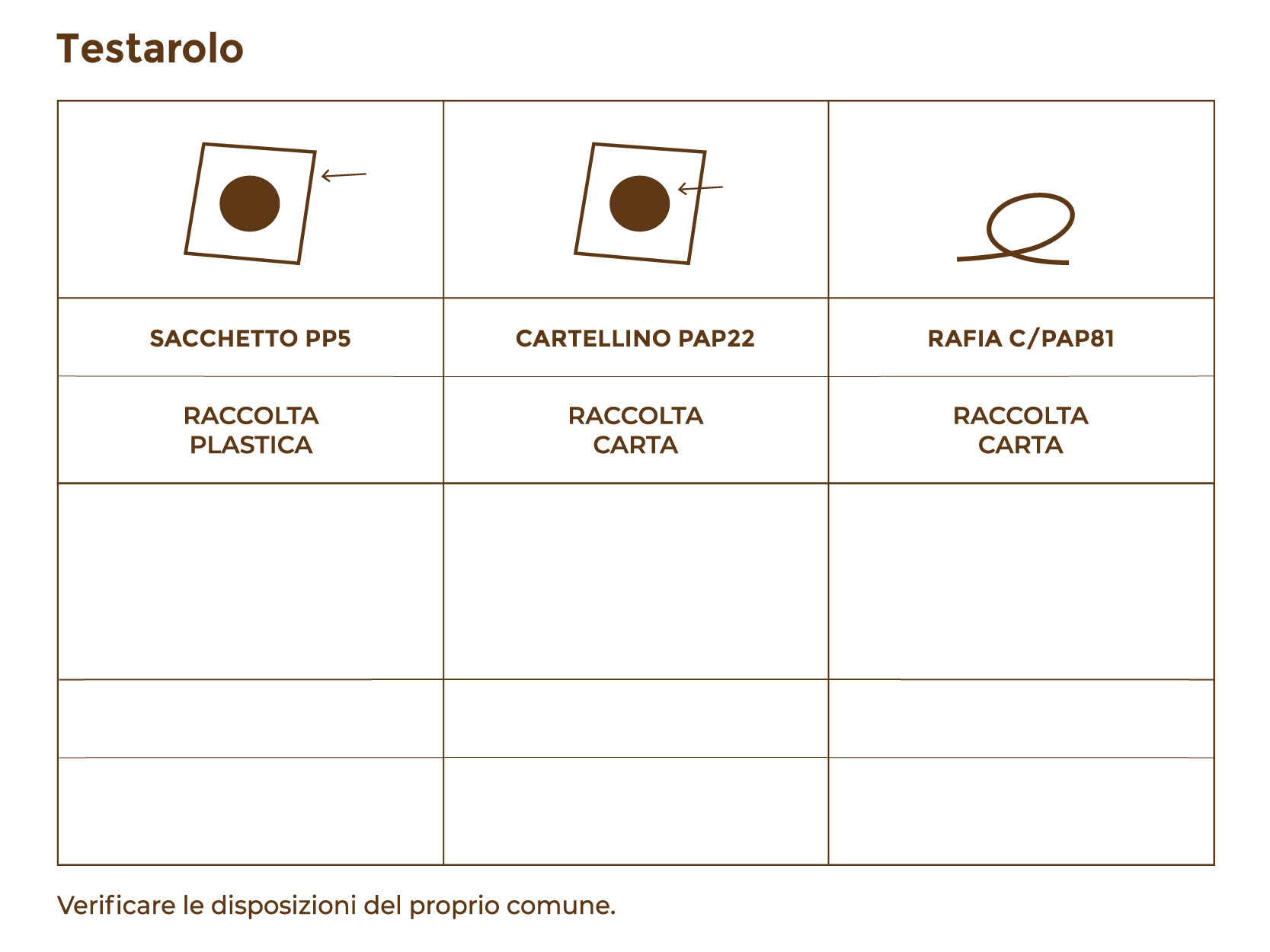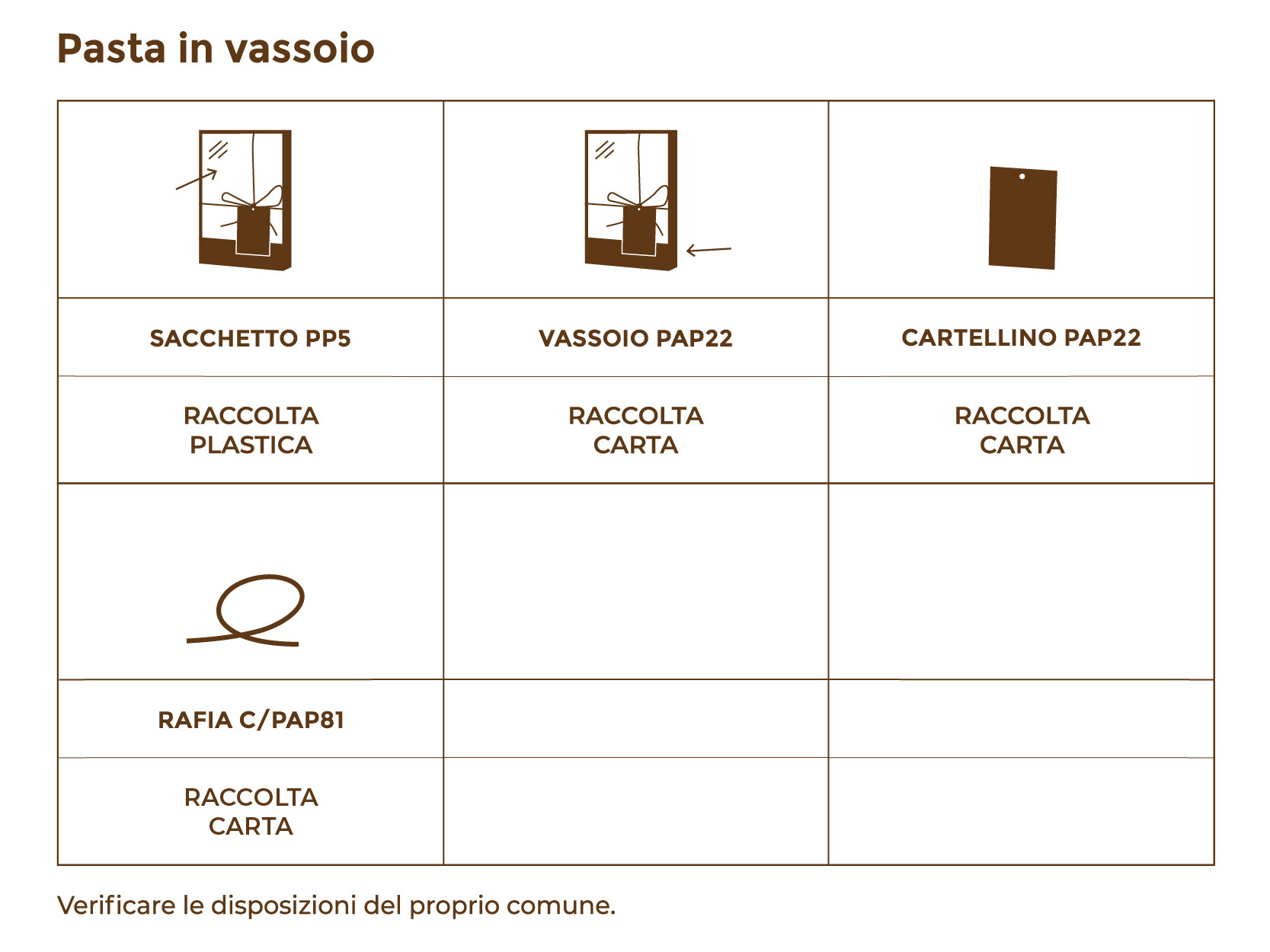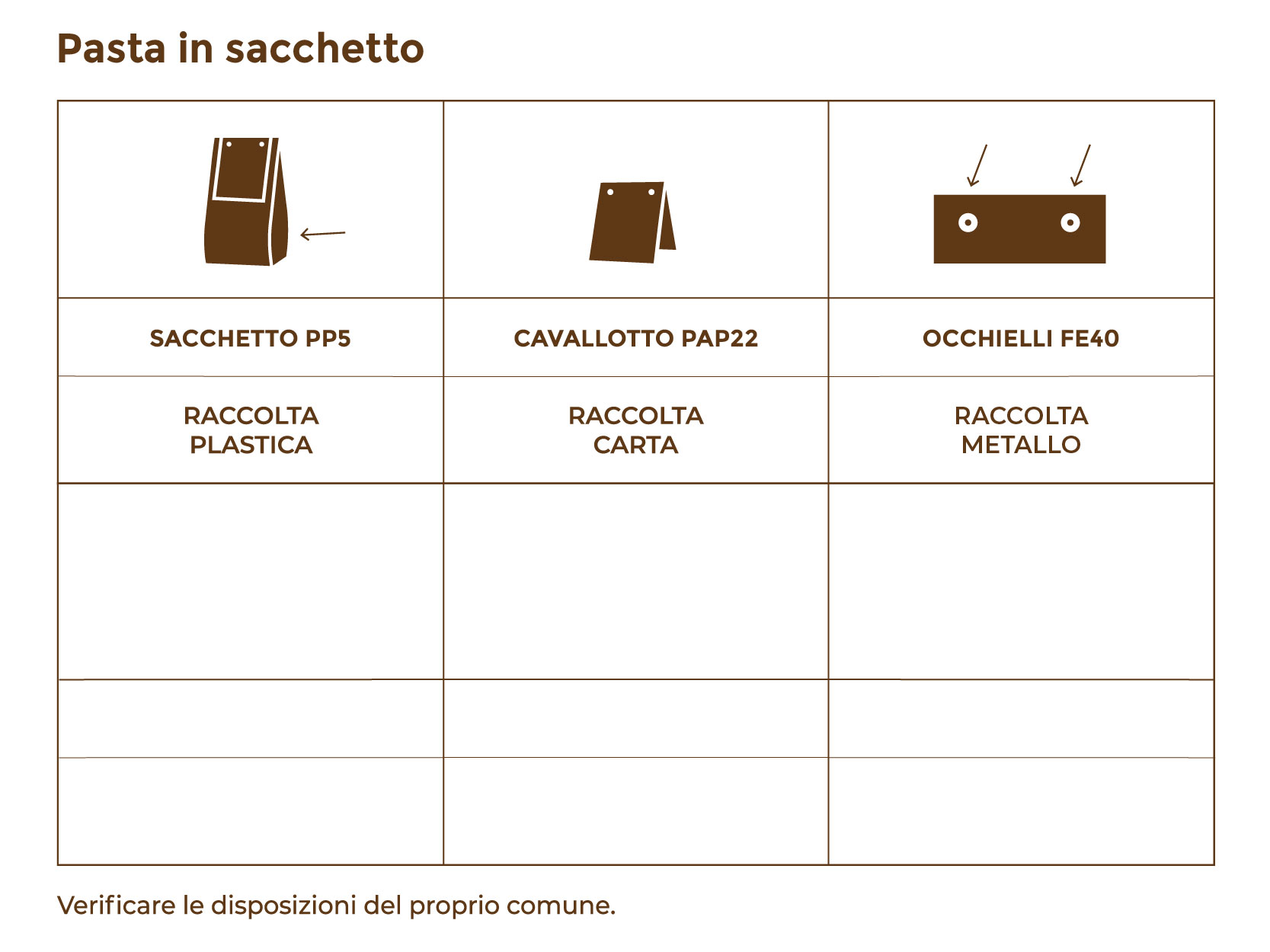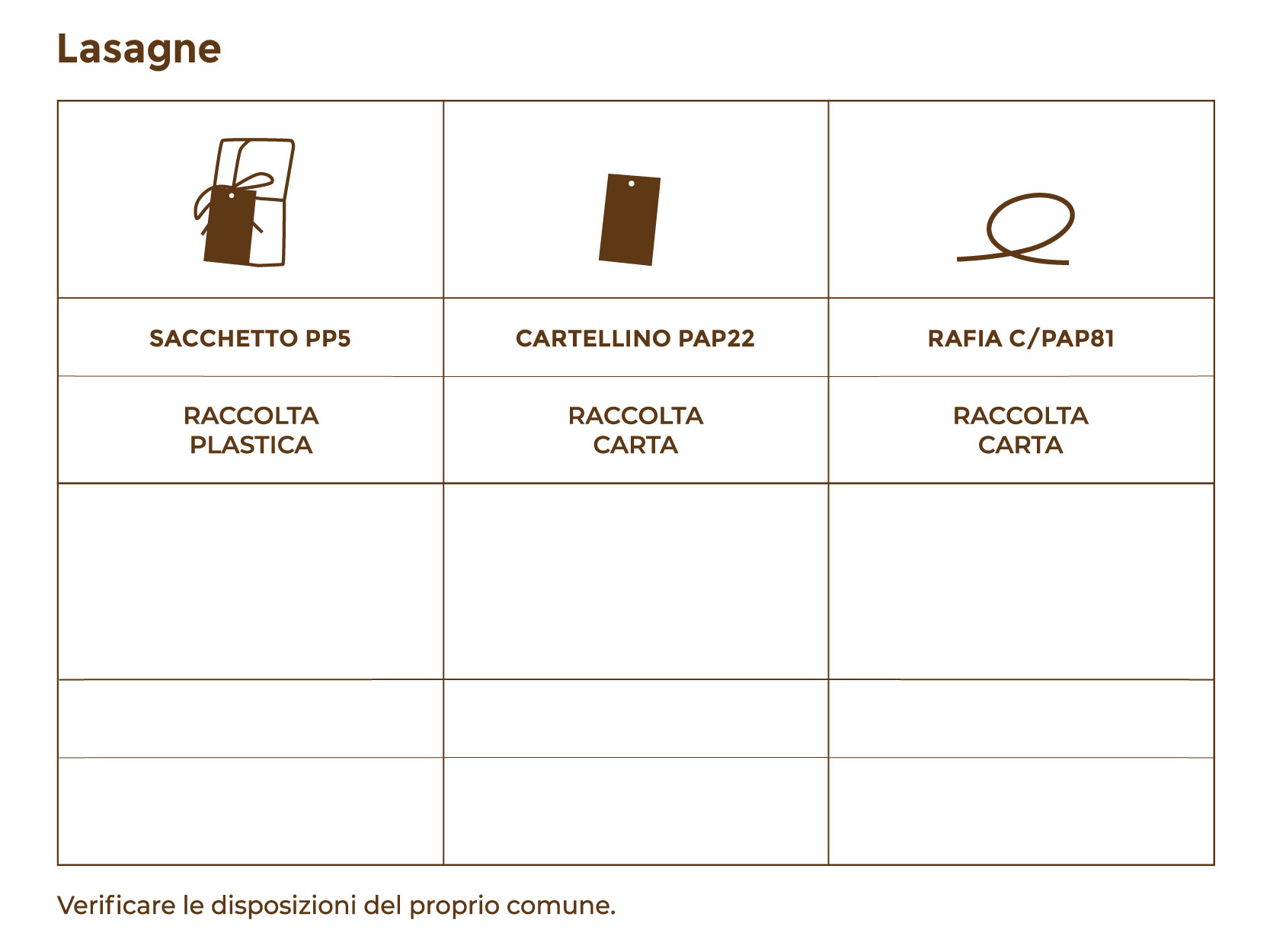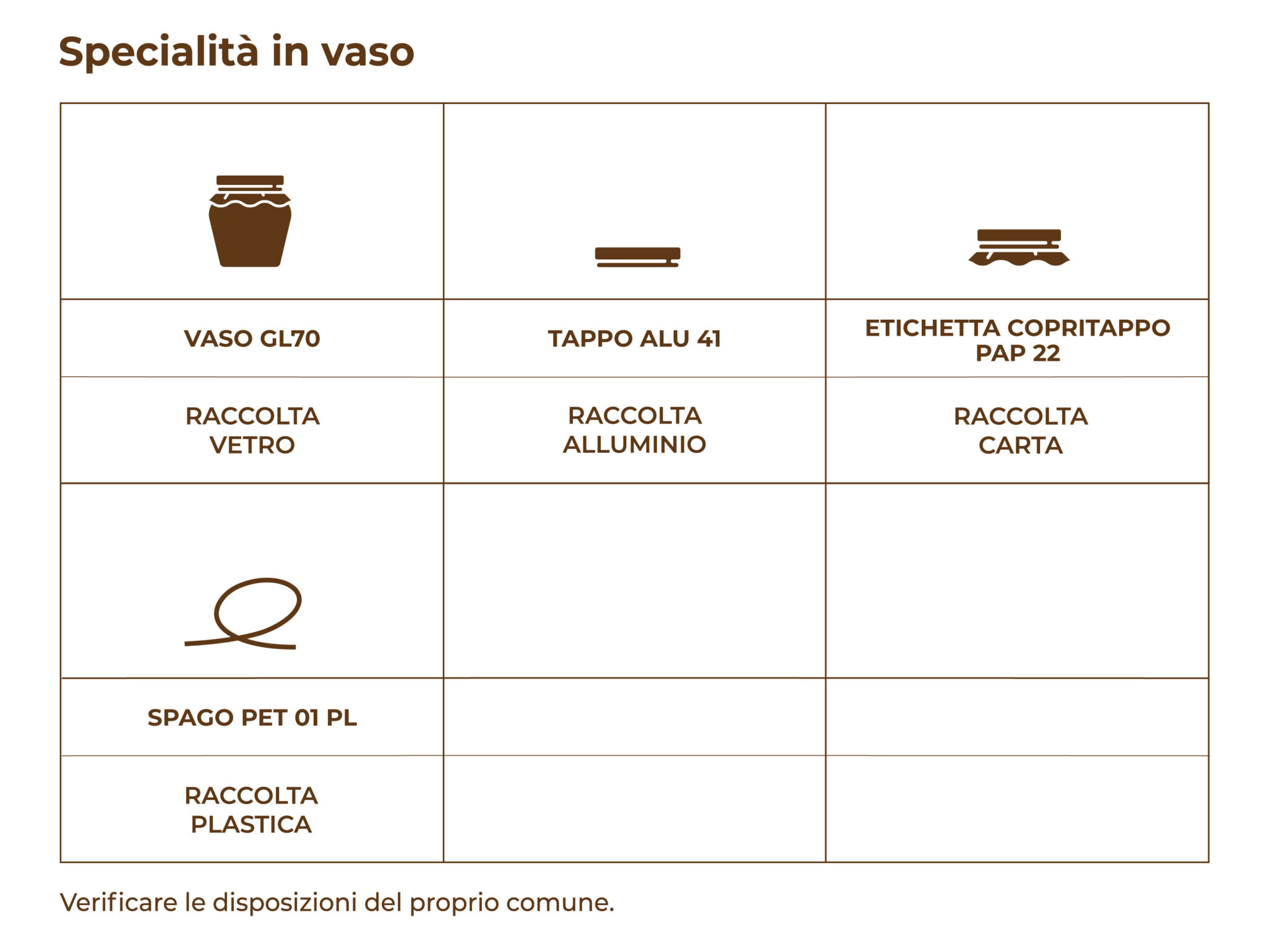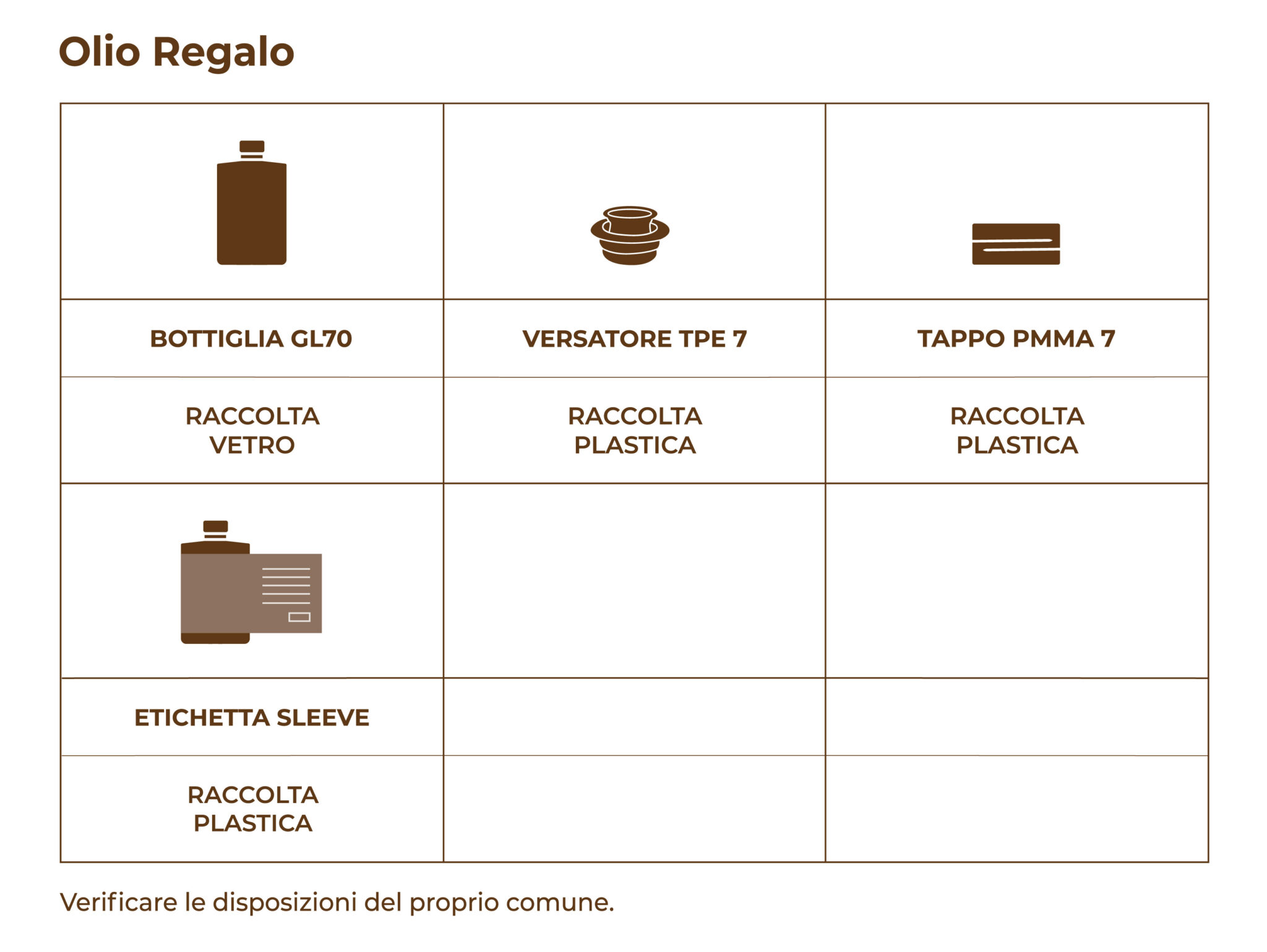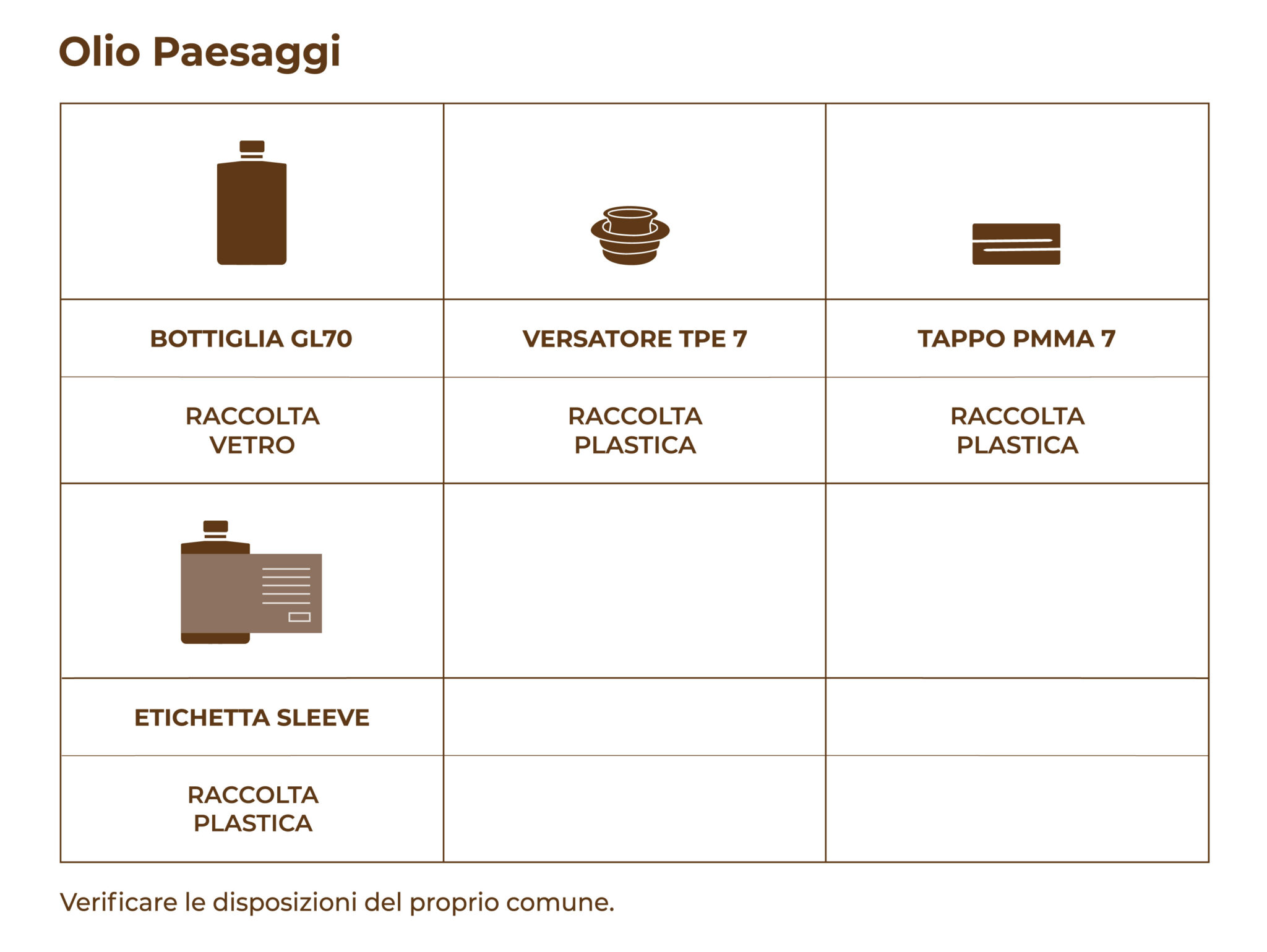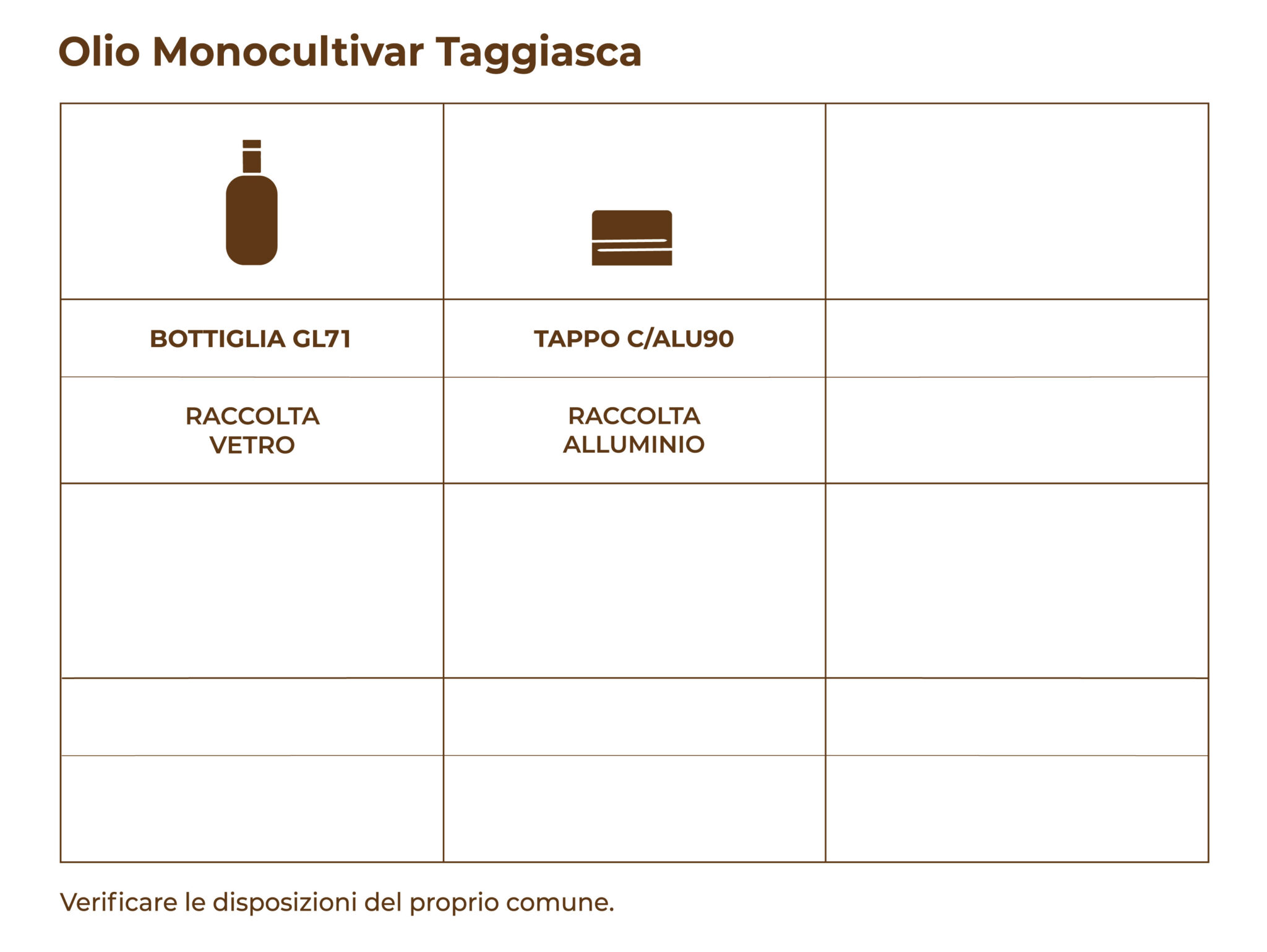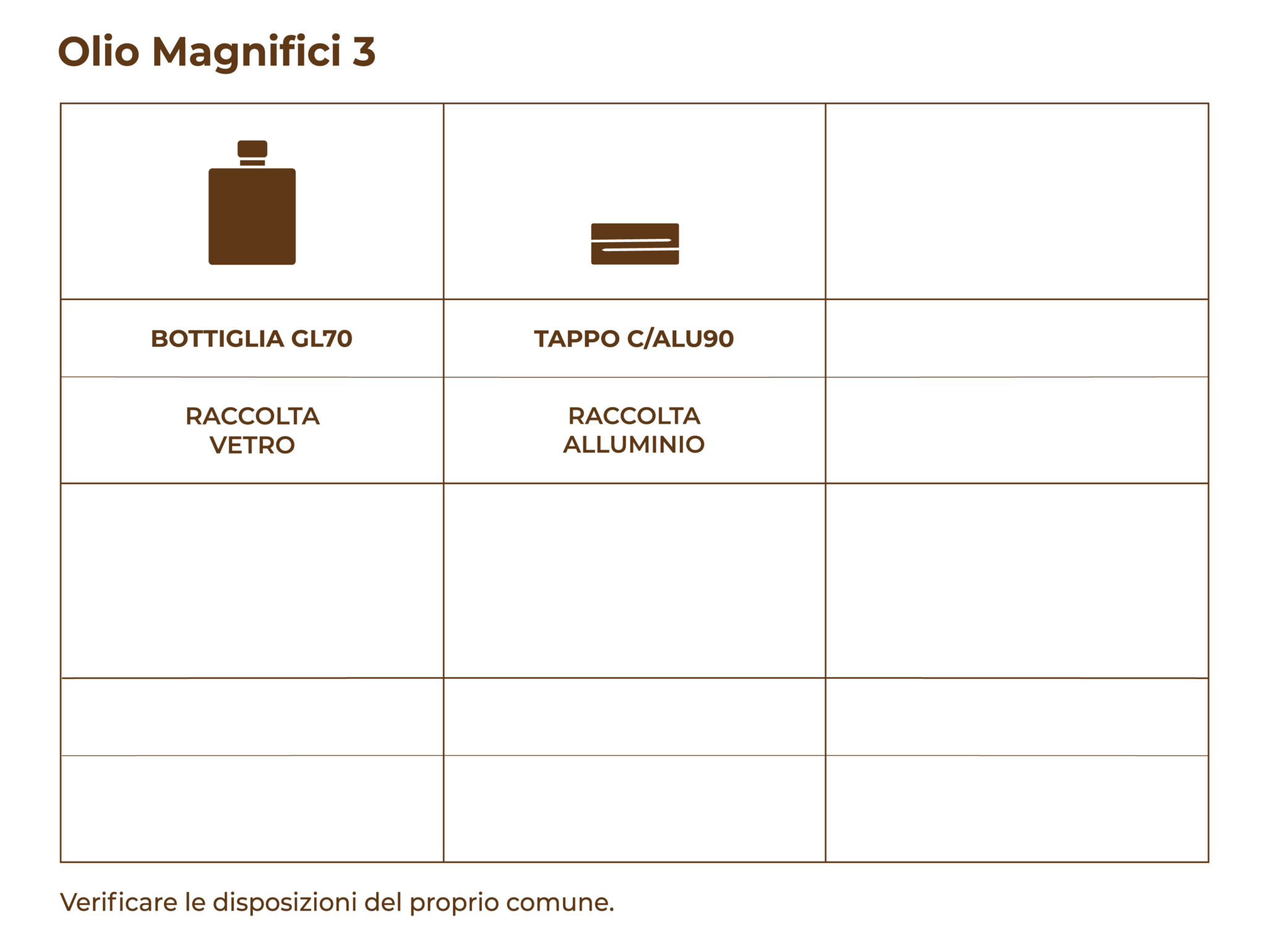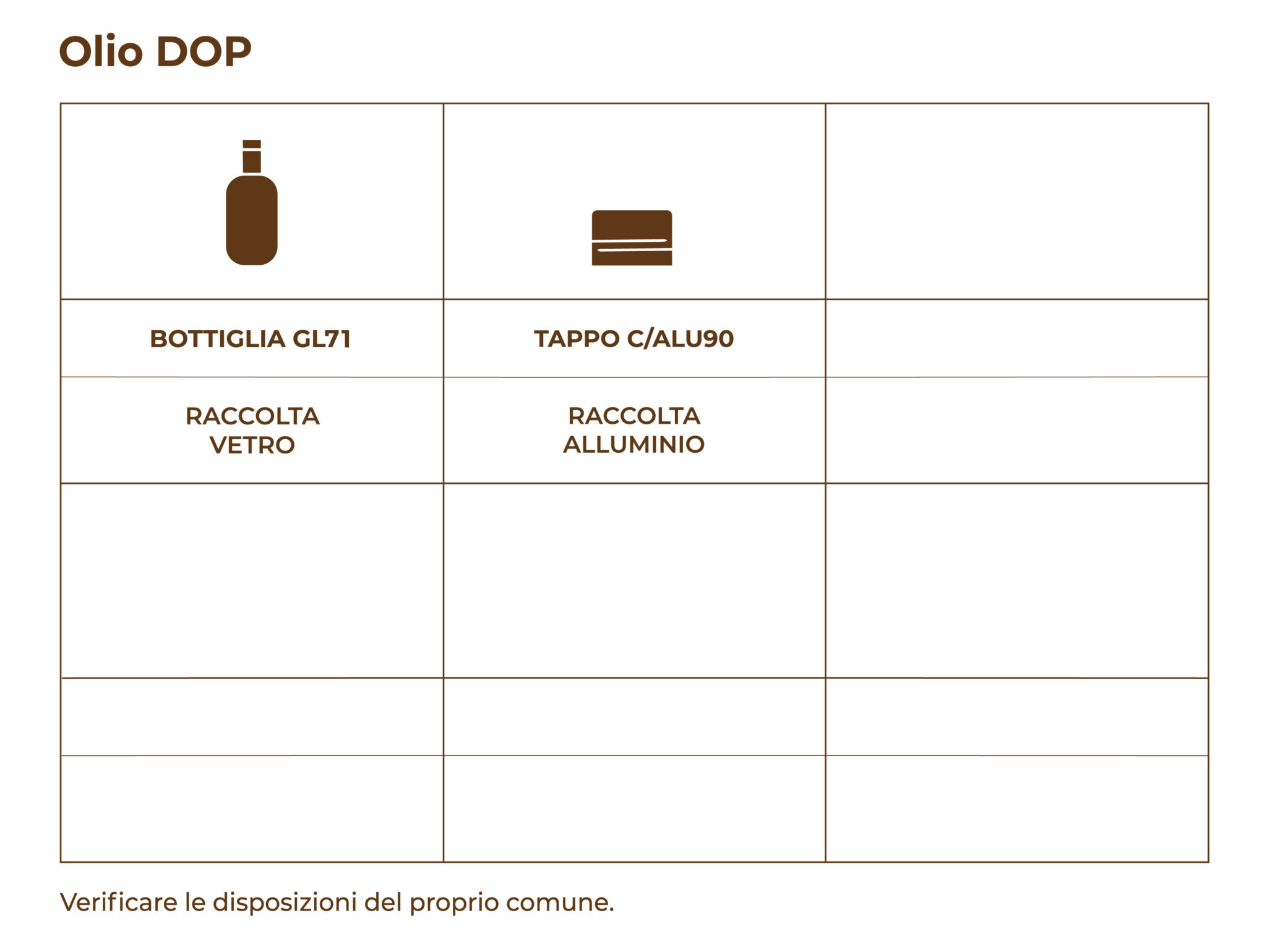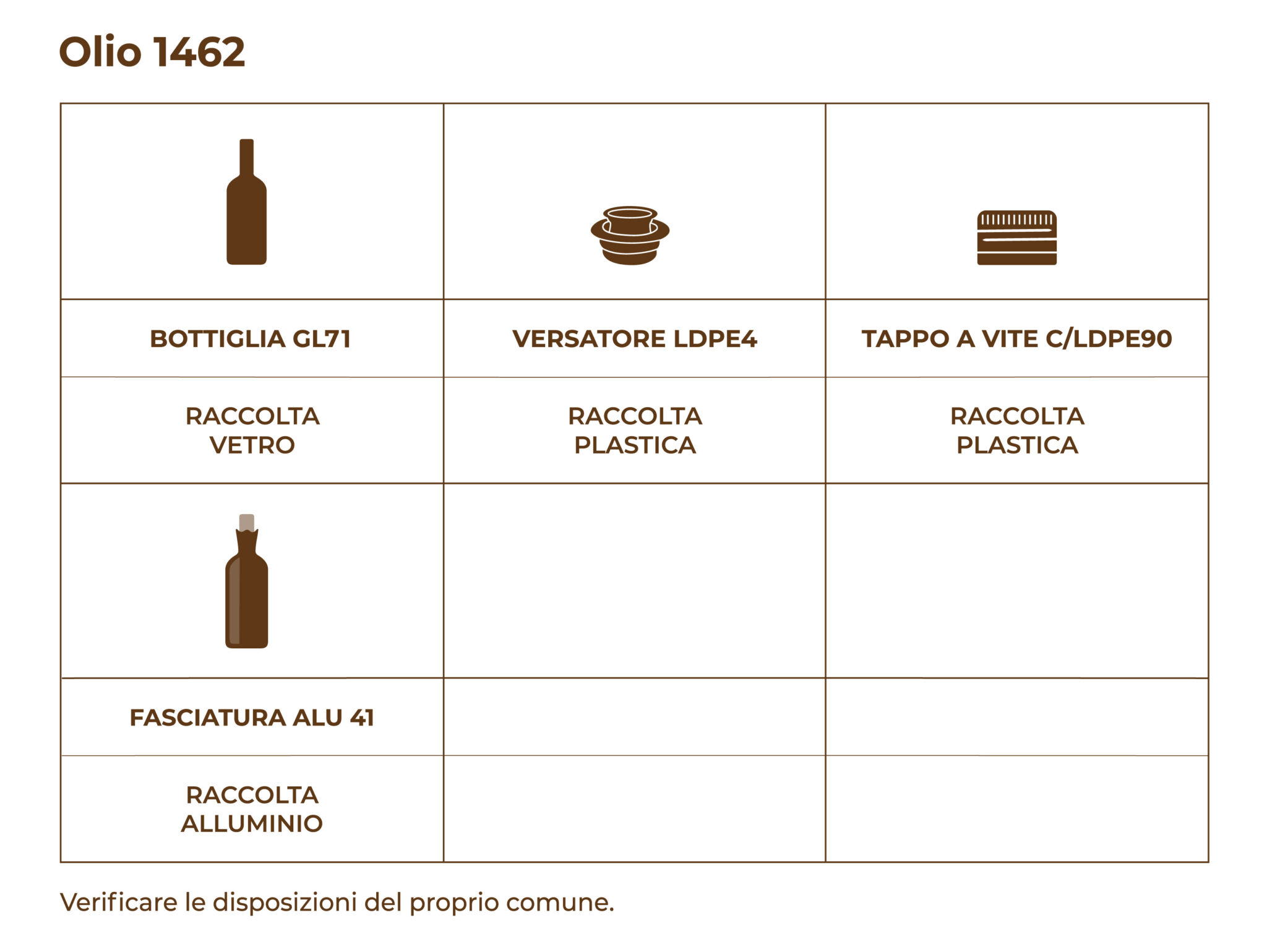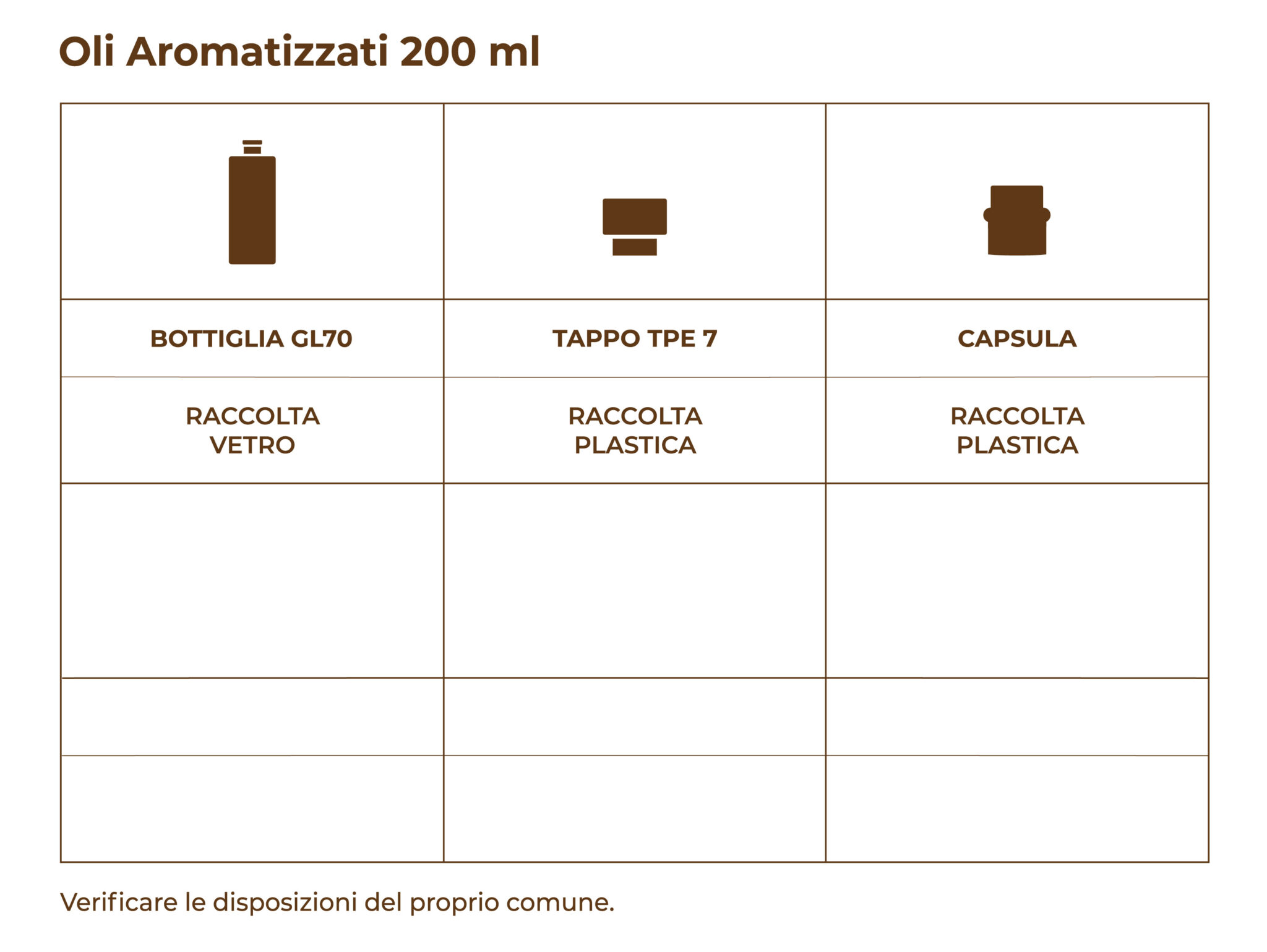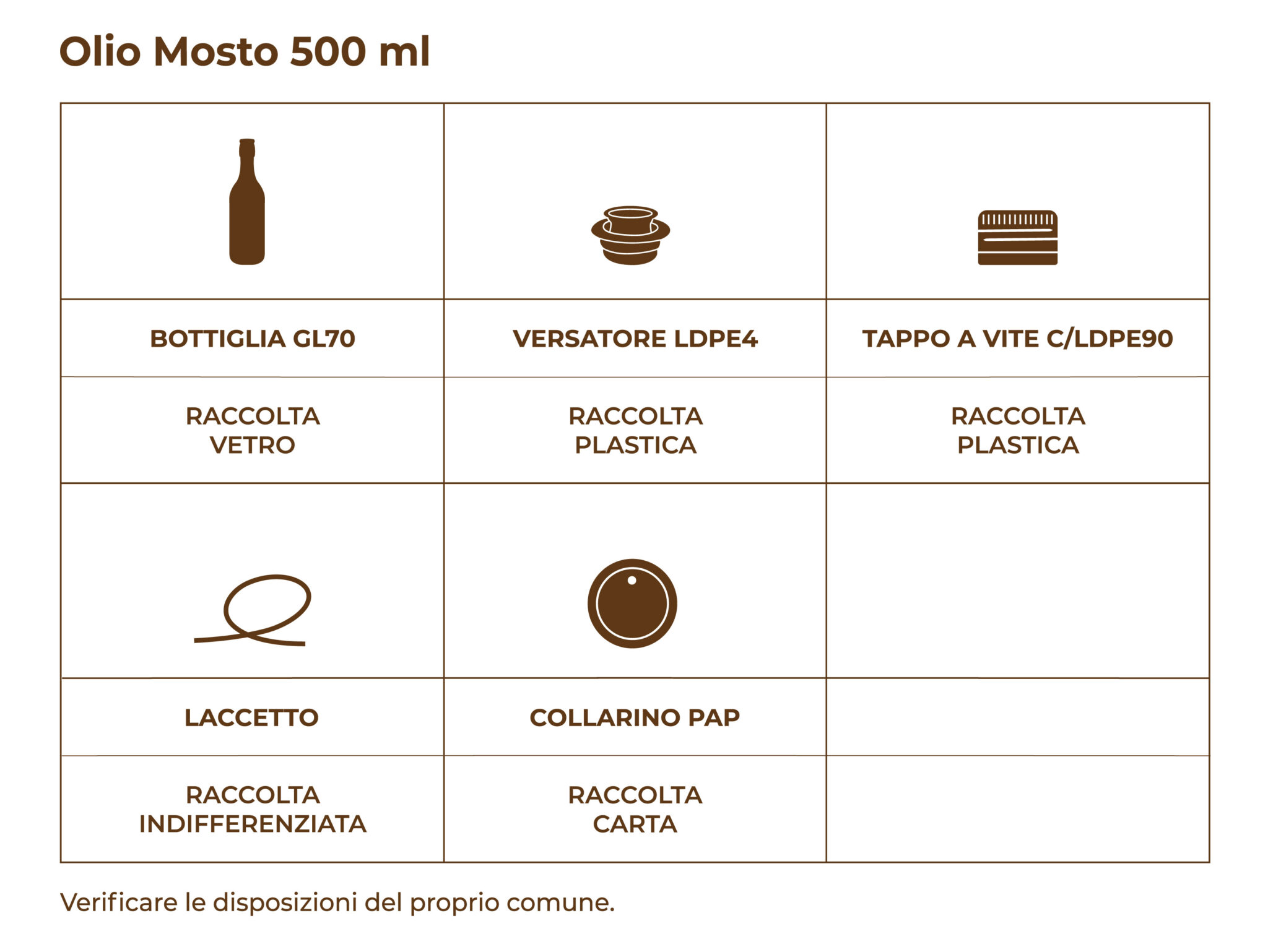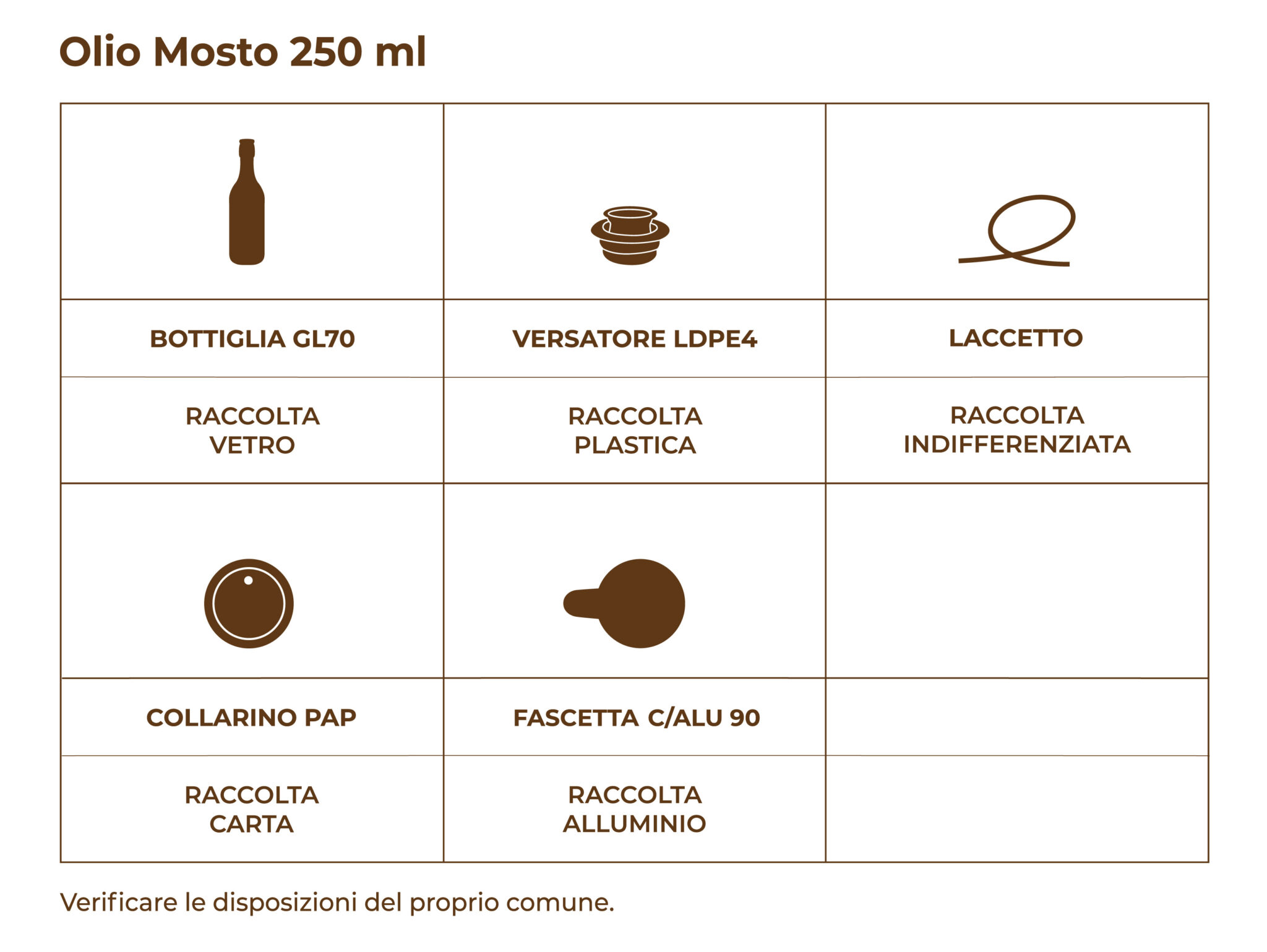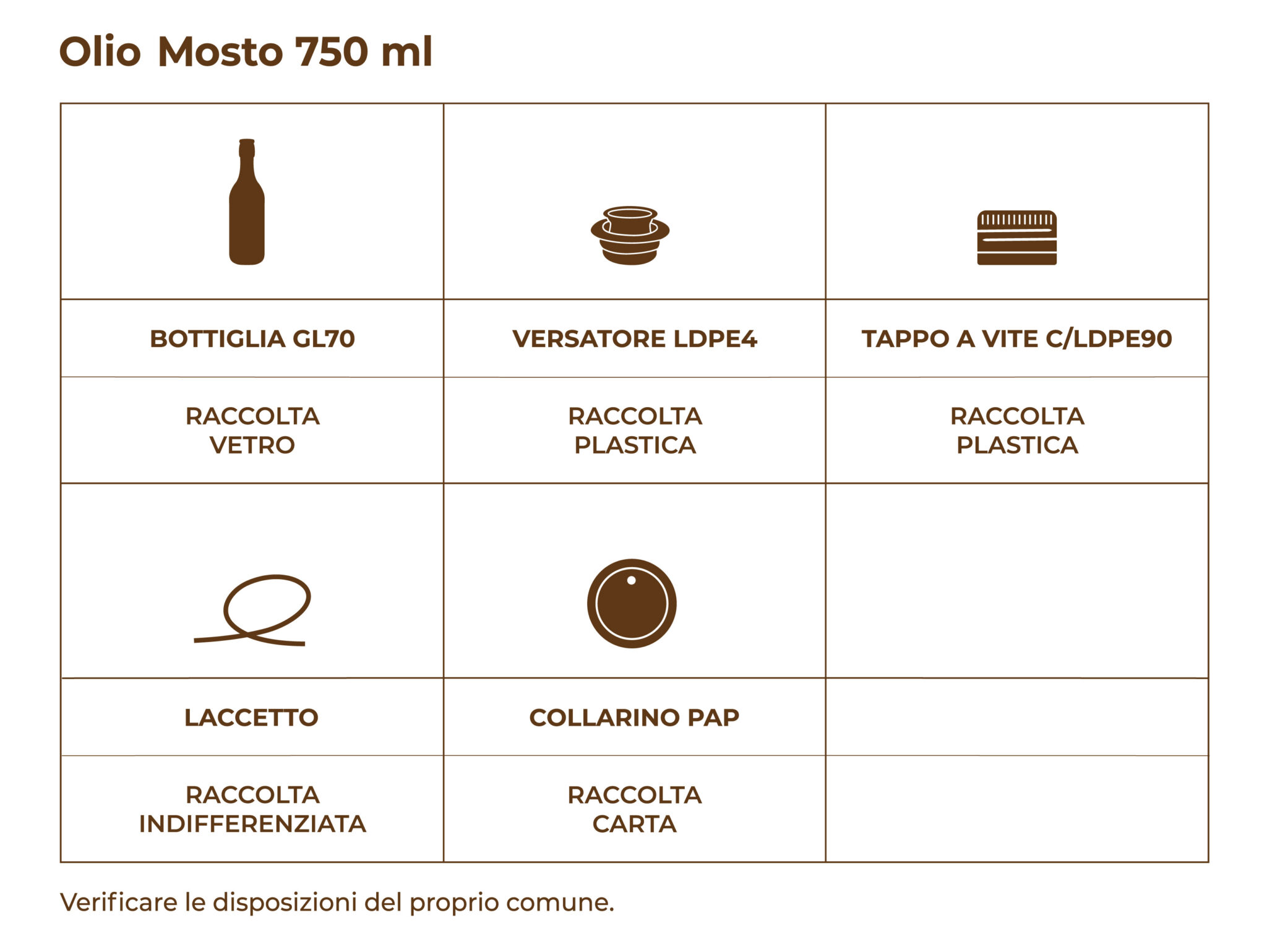Pasta and Pesto: A Timeless Classic of Italian Cuisine
Pasta with pesto is one of the most iconic dishes of Italian tradition, especially perfect during the summer season. Serving a good Genoese pesto means turning a meal into a small celebration: when prepared with quality ingredients and the right technique, the result is truly special.
Genoese pesto is made by crushing G enoese basil leaves in a marble mortar along with garlic, pine nuts, coarse salt, and extra virgin olive oil, creating a fragrant and irresistible cream. Even those who don’t have a mortar can achieve excellent results using a blender, provided they follow some precautions and choose fresh, high-quality ingredients. If preferred, it’s also possible to make a garlic-free pesto, suitable for all tastes.
G enoese pesto is ideal for seasoning your favorite pasta: from the classic trenette with p esto, to potatoes and green beans, and even in G enoese minestrone, where it becomes the element that makes the recipe unique.
Ideas for Pairing with Genoese Pesto
- Pesto lasagna
- Lasagna with pesto and zucchini
- Pasta with pesto and shrimp
- Omelette with pesto and cherry tomatoes
- Tagliatelle with asparagus and pesto
- Pasta with pesto and cherry tomatoes
Preparing Genoese Pesto
Ingredients Preparation
Separate the basil leaves from the stems and rinse them briefly under cold water. Gently pat them dry with a cloth to remove moisture, especially from the small folds of the leaves.
Crushing Ingredients in a Mortar
In a marble mortar, begin crushing the garlic cloves, halved and de-veined, until you obtain a uniform cream. Then add the pine nuts and continue to crush.
Adding Basil and Cheese
Incorporate the basil leaves and coarse salt, starting with pressing movements and then switching to circular motions. Always gather the ingredients from the sides of the mortar to achieve a homogeneous pesto.
Add the Pecorino in small pieces, crushing until incorporated, then add the aged Parmigiano Reggiano DOP using the same method.
Final Step
Finally, pour in the extra virgin olive oil and mix gently until a creamy consistency is achieved. Your Genoese pesto is ready to be enjoyed!
Storage
Pesto can be eaten immediately or stored in the refrigerator in a jar covered with oil for about 4 days. Alternatively, it can be frozen in small containers.
Tips for Perfect Genoese Pesto
- Use D.O.P. Genoese basil with small, fragrant leaves. Lower-quality basil may oxidize quickly.
- Pecorino Fiore Sardo is a traditional raw milk cheese that adds authentic flavor.
- Coarse salt helps to crush the ingredients better; do not replace with fine salt.
- If you don’t have a mortar, use a blender, working in intervals to achieve the right consistency. Add the oil only at the end.
- The ratio of Parmigiano to Pecorino can be adjusted to your taste: more Pecorino for a savory pesto, more Parmigiano for a sweeter version.
- Every family has its own technique: there is no perfect sequence for the ingredients.
- Pesto should never be heated: if needed, it can be softened with a little pasta cooking water for extra creaminess.
